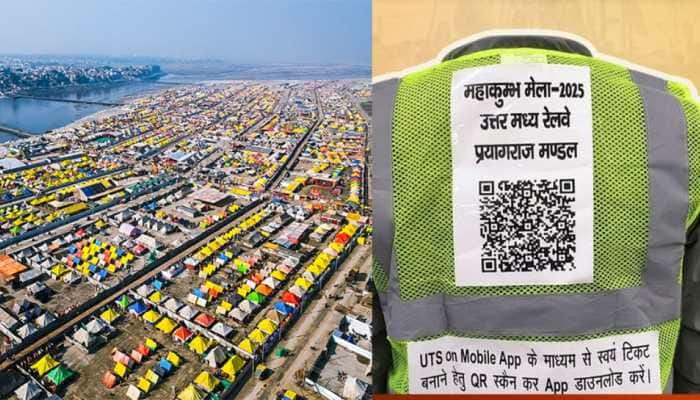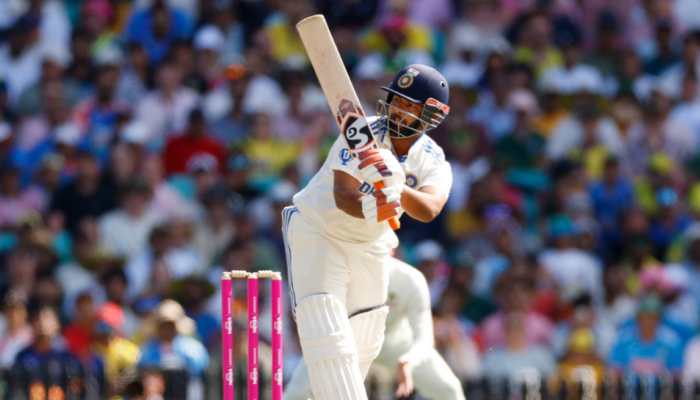DNA Exclusive: Predicament of rural India amid COVID-19 pandemic surge
Zee News Editor-in-Chief Sudhir Chaudhary on Thursday (May 13) brought the third edition of the series focusing on coronavirus in villages. He discussed the troubles the villagers have to go through just to get tested for COVID.
- The second COVID wave has made deep inroads into rural India
- The villages lack adequate testing facilities
- Sudhir Chaudhary discussed how difficult it is for villagers to get tested for COVID
Trending Photos
)
New Delhi: The second wave of the COVID-19 pandemic has made deep inroads into rural India. Villages across the country are registering an unprecedented rise in the number of new infections, which has become a major cause for concern.
Zee News Editor-in-Chief Sudhir Chaudhary on Thursday (May 13) brought the third edition of the series focusing on coronavirus in villages. He discussed the troubles the villagers have to go through just to get tested for COVID.
The people living in India’s villages have to go through a number of tests before actually being able to get tested for the virus. These tests are often too difficult to overcome.
The first test starts at home. In a village, if a person has symptoms of coronavirus, then his first task is to convince family members that he may have the disease. In many places, people are downplaying the threat assuming that the patient may just be suffering from a common fever or cough. Due to this, often the disease goes undetected which sometimes even results in death.
The second test starts outside the house. Most villages in the country do not have the facility to test for COVID at all. In this case, even if a person wants to get tested, is not able to do so. There are several such reports coming from states such as Uttar Pradesh, Rajasthan, Madhya Pradesh, Punjab, Chhattisgarh, Jharkhand, Tamil Nadu and West Bengal where there is no adequate testing facility.
The third test begins at the COVID Center in the district headquarters which are about 50-60 kilometers from the villages. Even if a person travels that distance, their patience will be tested in the long queues that are present at the testing centres.
The fourth test is the long waiting period. Even after submitting the sample, the report of the tests is very much delayed. There are reports from many villages in Uttar Pradesh and Rajasthan, where people have to wait for 5 to 7 days for the report after getting corona tested.
At this time, the highest number of coronavirus cases is being registered in Bengaluru. The rate of infection is 34 percent. Despite this, the Karnataka government has been successful in reducing deaths. This was made possible due to the high number of testing.
The number of active corona patients in Bangalore is about 3.6 lakhs. But the fatality rate is only 0.9 percent, whereas in Mumbai, the number of active cases is 36,595 but the fatality rate is 2.1 percent.
This means, if the infection has to be stopped from spreading in the villages, more tests will have to be done. This is the only way to break the chain of infection.
This is a testing time for the country, for the government, for the system and for the people. If more tests are done during this testing time, this infection can be prevented from becoming uncontrollable. If it does not happen, the situation in the villages can be very severe.
Stay informed on all the latest news, real-time breaking news updates, and follow all the important headlines in india news and world News on Zee News.
Live Tv







)
)
)
)
)
)
)
)
)
)
